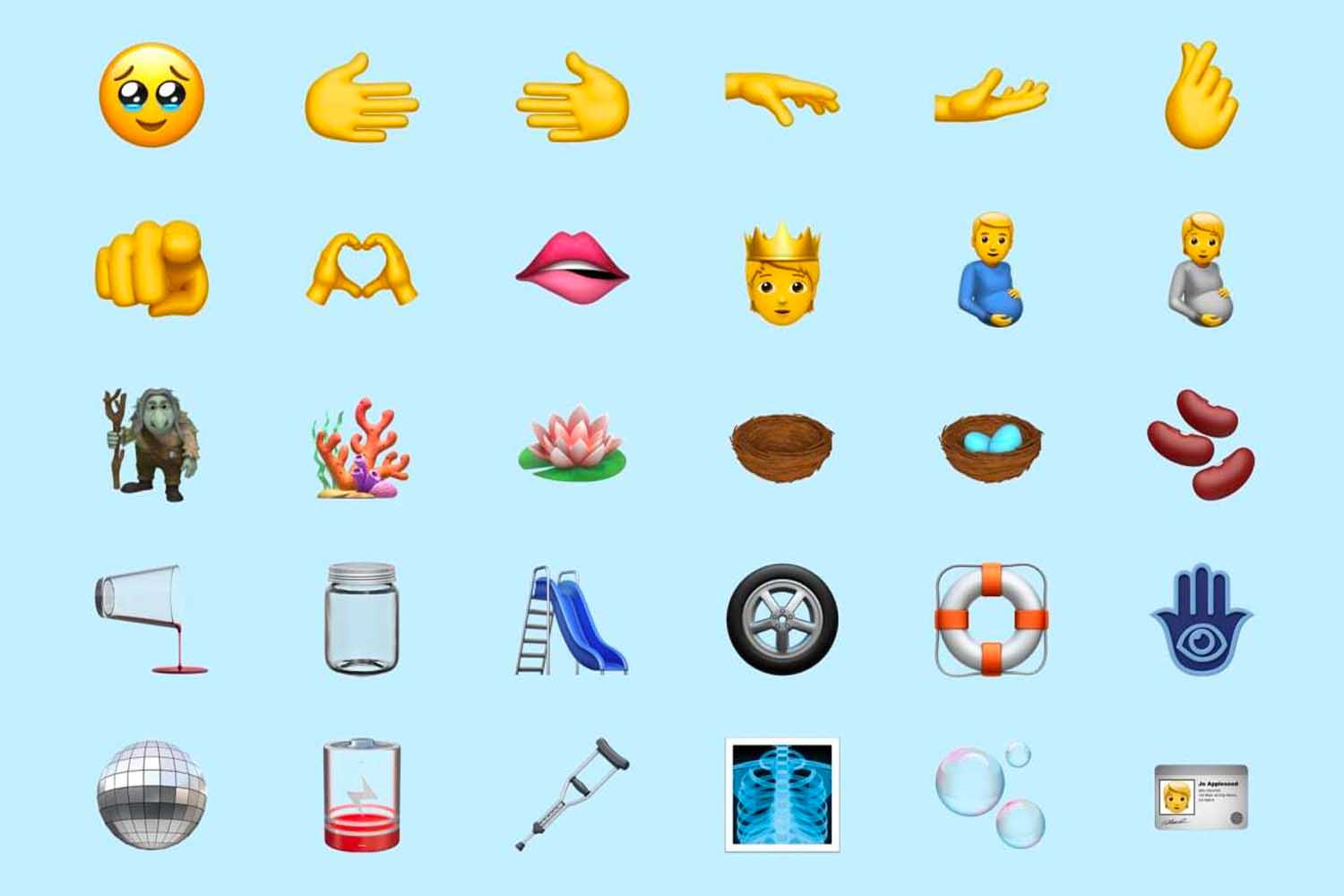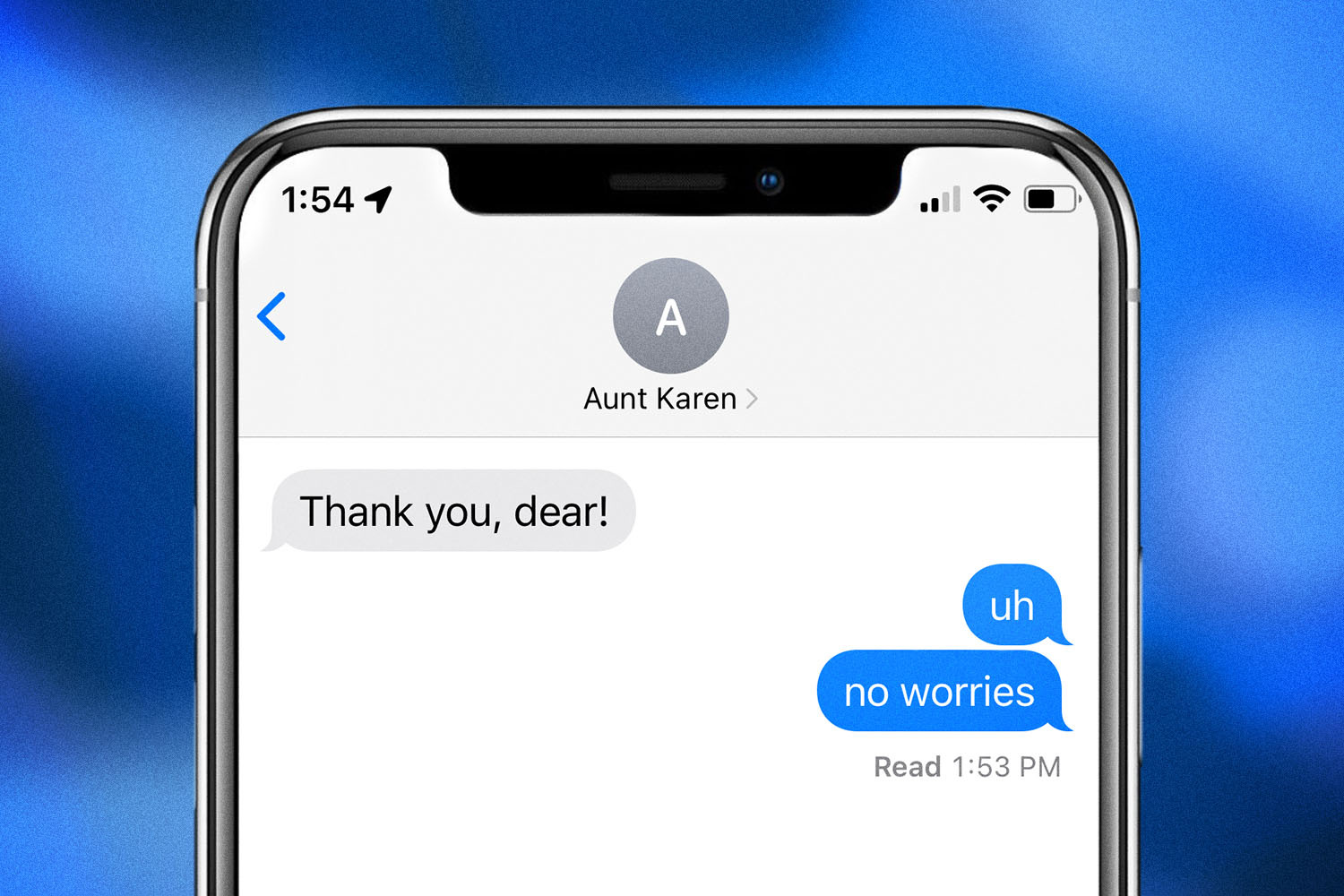Group chats are dead. At least according to The New York Times, who on Saturday published a piece purporting that group chats have been “falling apart” since their heyday at the beginning of the COVID-19 pandemic.
Like the many people with now-defunct group chats quoted in the Times article, your group chats were probably popping off in early 2020 for obvious reasons. We were stuck inside and had no idea what the hell was going on. As the Times notes, the nonstop communication through larger group messages provided social support, exchange of information, a cure for boredom and a convenient way to plan Zoom happy hours. After nearly two years, however, some are now claiming their once highly active GCs have tapered off.
The Times argues this is the “natural progression” of the group chat:
Group chats, like all chats, are not meant to go on forever. Scroll to the bottom of your messages and you’ll probably find a conversation long forgotten — a planning chain for a friend’s March 2020 surprise party, or a big group filled with contacts who fell off your social map when virtual happy hours stopped feeling fun. There wasn’t any drama; things just petered off, as they do.
Which is sorta true. We’ve all been in group chats designed to connect a particular group of people for a specific event that then ceases to exist: A wedding. A group trip. An office clique. But if you have friends — like real friends, who you spoke with regularly before the pandemic and still do — your group chats are most likely still flourishing.
Admittedly, there might be a generational group chat gap. Most of the people with now-defunct group chats cited in the Times are Gen-Xers and elder millennials. I and the majority of the people I know whose phones are constantly abuzz due to sprightly group chats are Gen-Zers and younger millennials — the generations who came of age when iPhone group text became a thing. If you ask us, most young people will likely say group chats are their main vessel for communication. I only text about three people one-on-one (one of whom is my mother) with regularity; the rest are through family and friend group messages, some of which have been active since high school. However, the life expectancy of your group chat also has a lot to do with who you’re texting and whether or not they actually hate you.
Twitter users had a field day roasting the Times this weekend after the publication’s official Twitter account promoted its article about dying group chats, including the NYT‘s own internet and technology reporter Taylor Lorenz.
It can be a hard pill to swallow, but it’s now largely recognized (by everyone but the Times apparently) that if your group chat unexpectedly begins to dry out, odds are you’re getting roasted in another group chat. Or as Twitter user @KylePlantEmoji eloquently put it in a now-viral tweet three years ago: “Every group chat births a second smaller group chat without the annoying people, and if you think yours doesn’t, I have some bad news.”
Hate to say it, but maybe it’s not the group chats. It’s you.
Thanks for reading InsideHook. Sign up for our daily newsletter and be in the know.

















